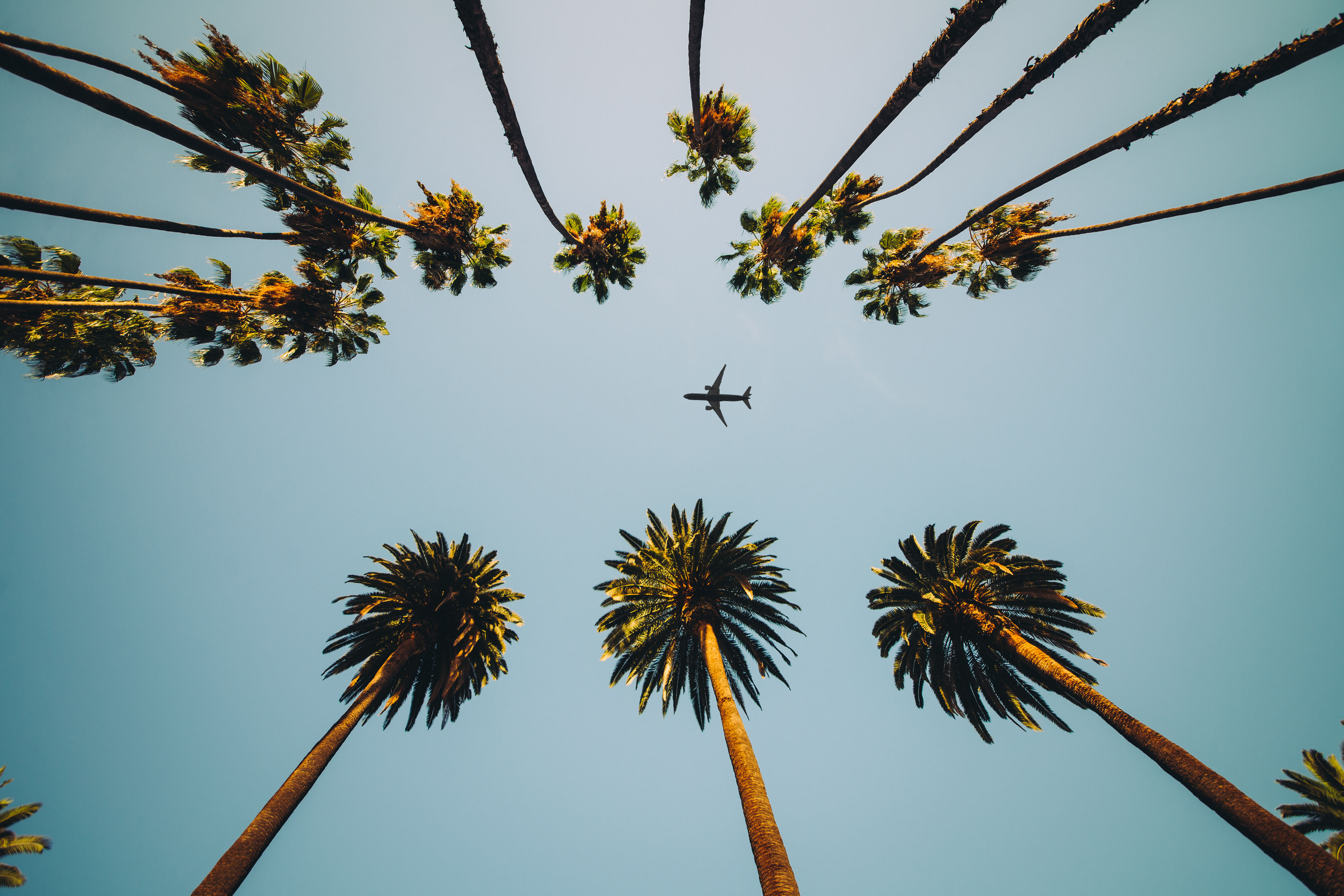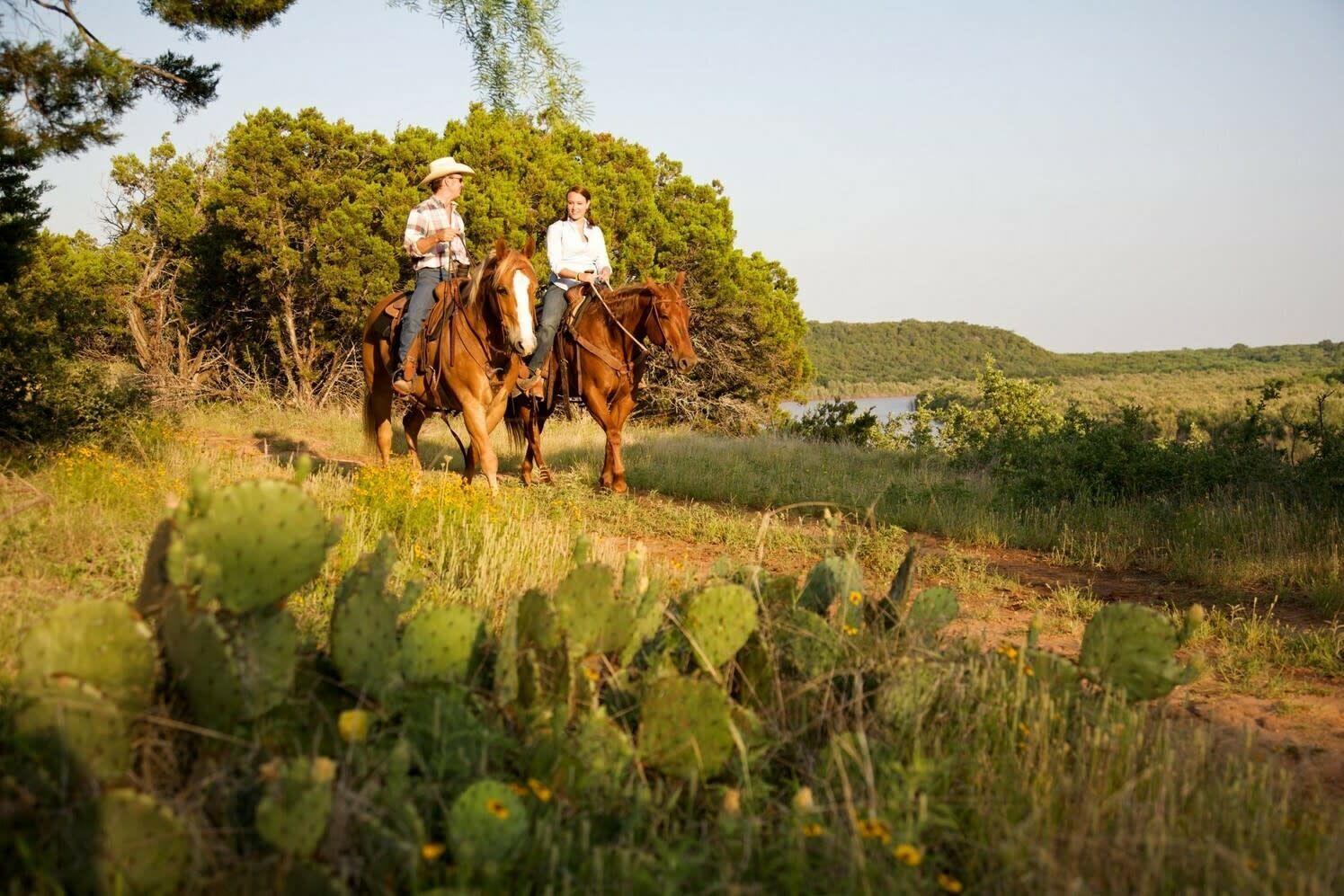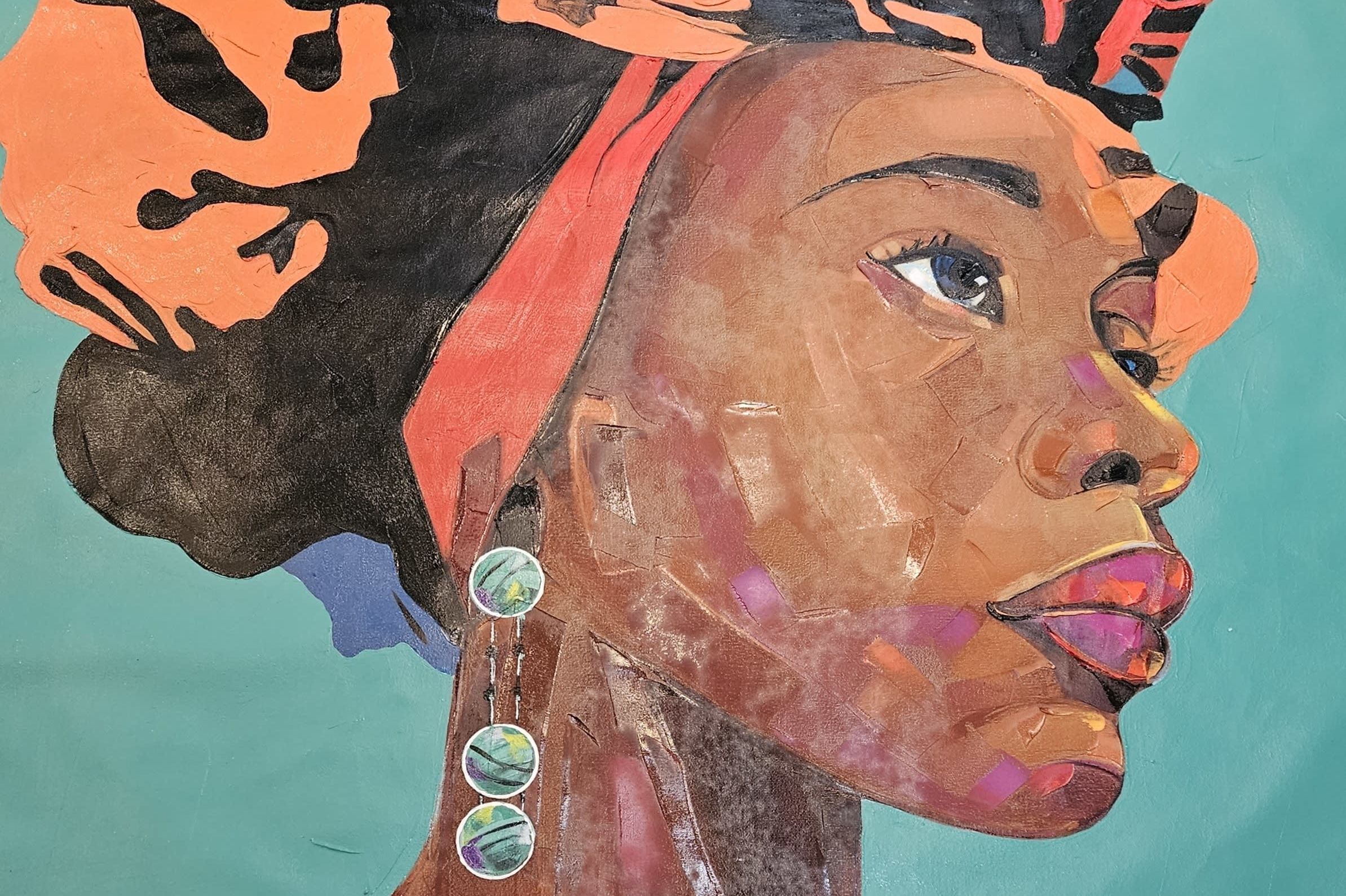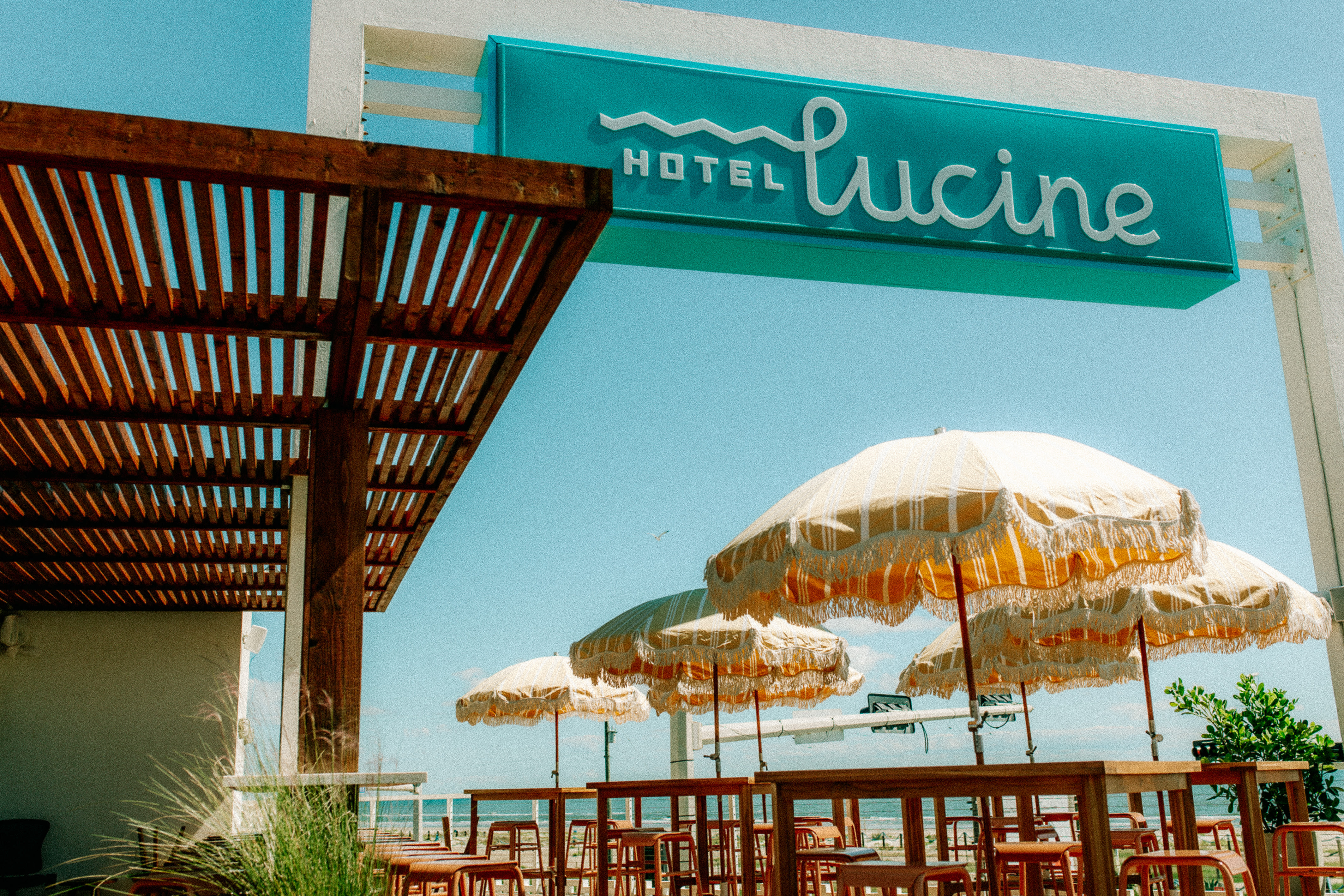A Beginner's Guide to Kenya
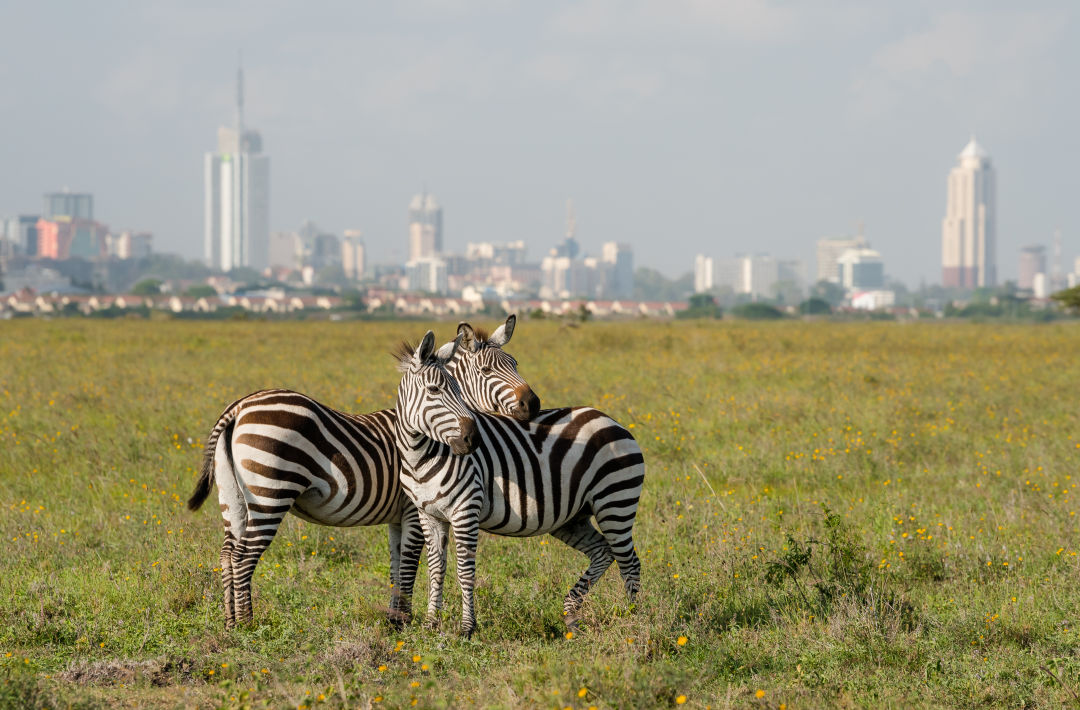
Nairobi National Park is rather surreal.
Image: By mbrand85/Shutterstock.com
Kenya, also known as Africa’s “Silicon Savannah,” hosts an ecosystem of gorgeous sights and vibrant places with beautiful beaches, sweeping grasslands, and cities with cosmopolitan status. It’s a worthwhile stop for any world traveler.
On a recent visit this winter, I found a country that’s exhilarating and wonderful, and, okay, a little stressful, too. It happened to be my first ever out-of-country travel—I went with UH’s travel abroad program—but luckily my professor was extremely familiar with Kenya, a good thing since police and security guards might try to extort you at traffic stops and checkpoints and salespeople can be a bit pushy.
On the whole, though, Kenyans are very friendly and open. They’ll teach you a few words of Swahili if you ask nicely, and Asante Sana means “thank you very much.”
Follow these travel suggestions and you’re bound to be saying as much.
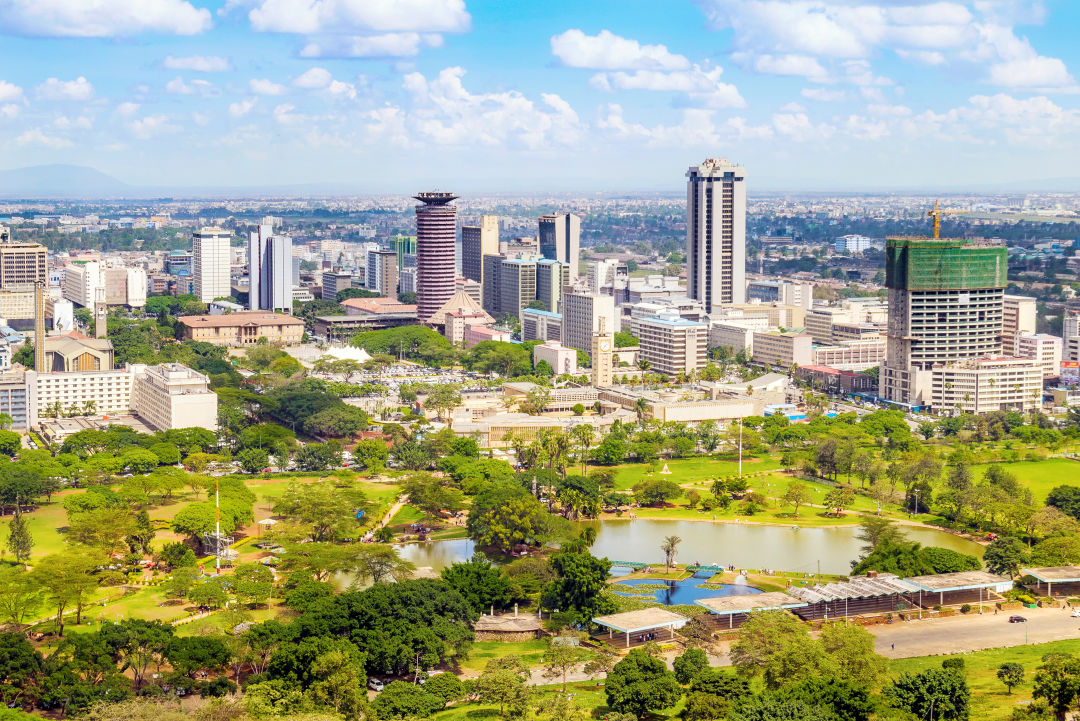
Nairobi is a city of almost 4.5 million.
Image: Sopotnicki/Shutterstock.com
Nairobi
Kenya’s capital feels like most other large cities I’ve visited: A packed, urban downtown surrounded by satellite neighborhoods, each with its own identity. That includes where we stayed, Gigiri, an upscale neighborhood teeming with national embassies. Our Airbnb was near the Village Market, a well-known mall with clothing outlets and Artcaffe, a coffee shop and bakery full of delicious foods.
The traffic here is definitely different than in the states—cars zoom and jam up without any order, with no sense of right-of-way or lanes. Drivers cut each other off and laugh at each other, saying Jambo—hello—before talking a little. One Uber we took even scraped another car and kept going, not minding the damage he’d caused or taken.
Downtown, Nairobi’s many red and blue buildings create a beautiful mosaic of color sprawling in every direction. They’re best viewed from the top of the Kenyatta International Convention Center—after you pay a fee of about $15 to enter. Down below is Uhuru Park, where you might even spot a party, like we did, booming with music. From this height, Nairobi itself feels like alive.
It’s also a city with amazing wildlife. Nairobi National Park lies only a few minutes from downtown, and skyscrapers can clearly be seen from the park’s trails, creating a surreal juxtaposition with the savannah. We saw buffalo, giraffe, and a lioness guiding her cubs across the dirt trail, between dozens of cars full of gawking people. The Standard Gauge Railway also cuts through the park, and we watched a giraffe chew at a tree beneath its cement pillars, framed by Nairobi’s skyline.
To get far more up close and personal with giraffes, head to The Nairobi Giraffe Centre. Its mission is to educate Kenyan school children about nature conservation, but visitors can also feed, touch, and potentially “kiss” them—by feeding them a pellet from between your lips. Be careful, though. At least one giraffe, Daisy, is known for head-butting and almost knocked over one of the members of our group.
Also worthwhile, the Sheldrick Wildlife Trust Elephant and Rhino Orphanage is open to the public every day (except Christmas) from 11 a.m. to noon. Located in Nairobi National Park, it offers the public a chance to interact with young, orphaned elephants. Touching one feels a lot like touching a hairbrush, actually, but it’s not an unpleasant feeling.

Elephants roam free in Amboseli National Park.
Image: Philou1000/Shutterstock.com
Amboseli
The next leg of our trip took us to Amboseli National Park, right at the border of Tanzania. Here, Mount Kilimanjaro dominates the sky, filling nearly the entire horizon. Good luck taking a selfie with this behemoth, though. In the afternoon and evening, the peak is difficult to see due to developing clouds. Early morning is the best time to see the top, and I spent much of that time gawking.
We stayed at Kibo Safari Camp, a luxury tent camp priced at $250 and up a night. The tents really were luxury: underneath a pavilion, equipped with hot showers, and a short walk from the lodge’s banquet room, which served breakfast, lunch, and dinner each day. Monkeys jumped from tree to tree across the camp, scaring some camp-goers, but workers do chase them off.
Packs of elephants roam free at Amboseli. They’re large and gentle, slowly meandering across the savannah together, but they could also be loud and terrifying. We saw one charge at some birds, trumpeting and throwing dirt.
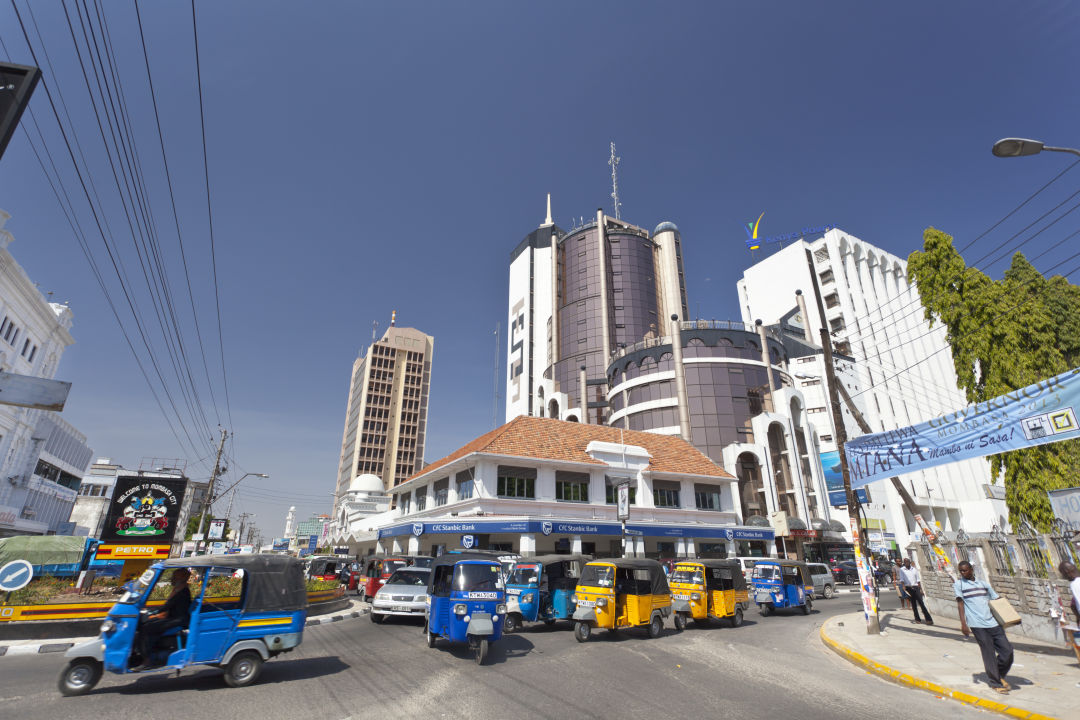
Tuk-tuks in Mombasa.
Mombasa
We also visited Mombasa, a city that feels older and quite different than Nairobi. The Adhan, the Islamic call to prayer, could be heard from our hotel at different times of day, starting early in the morning and going late into the night. While the traffic of Mombasa can also be hectic, there’s one novel experience the city offers if you’re tired of riding in Ubers: the tuk-tuk.
Tuk-tuks are small, three passenger auto rickshaws, open to the air. You cram in shoulder to shoulder with friends, haggle the driver, and off you go, the tuk-tuk sputtering and shaking the entire way.
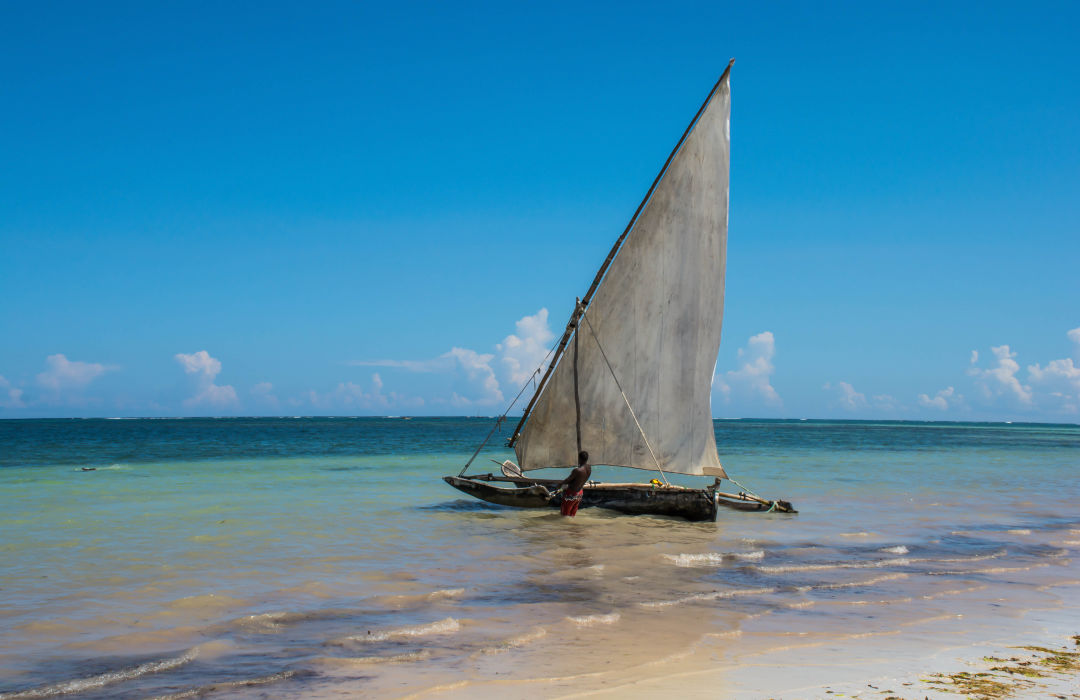
A sailboat on Diani Beach.
Diani Beach
The final leg of our trip took us to Diani Beach for two days before returning to Nairobi for the flight home. If you’re looking for a relaxing, coastal stay, Diani Beach is just that. I spent much of my time at an on-beach bar, sipping at a cocktail called a dawa, Swahili for medicine. The drink cures all, they say, and it certainly helped pass the time by the Indian Ocean’s warm waters.
Diani can be a bit of a tourist trap, as locals constantly try to sell visitors anything they can, even down to offering massages and coconuts. A lot of the activities are simple coastal adventures—scuba diving, jet skiing, and kitesurfing—but they can be pricey.
Only a few hundred feet from the beach there’s Kaya Kinondo, a forest sacred to the Digo people. To have a guide show you through the grove is only $10. I opted for this over the high octane water sports, and my penny-pinching was rewarded with a tranquil hike. Butterflies floated above us and coral pocketed the ground beneath our feet. Our guide took us to hug an ancient tree, telling us we could transmit our worries to it and make wishes.
Dining Tips
If there’s one food you need to try in Kenya, if only to determine whether you hate it or love it, it’s Ugali. Ugali is a maize flour porridge which tastes a lot like nothing, or maybe a cloud, or paper. The consistency is somewhere between bread, mashed potatoes, and grits, and the dish is meant to be eaten by hand alongside a saucy beef or fish dish.
The ugali fries at Nyama Mama in Nairobi are a must try, as are its traditional Kenyan dishes with a modern twist, burgers, and savory samosas with pineapple chutney.
Chicken Inn is a Kenyan chain that feels sort of like a typical American fast food joint—not out of the ordinary as Nairobi has KFC and Pizza Hut. Try the delicious grilled chicken sandwich and fries.
Getting There and Back
Though getting to Nairobi was an ordeal for our group due to a four delay caused by a medical emergency on our incoming plane (we had to detour to Johannesburg), most flights follow our original flight plan to the letter—Nairobi to Frankfurt to Houston.
Flights through Lufthansa can cost you as low as $800 for an economy round-trip ticket. The trip to Nairobi can take around 20 hours and the return can take almost a full 24 hours, depending on layovers and delays.
